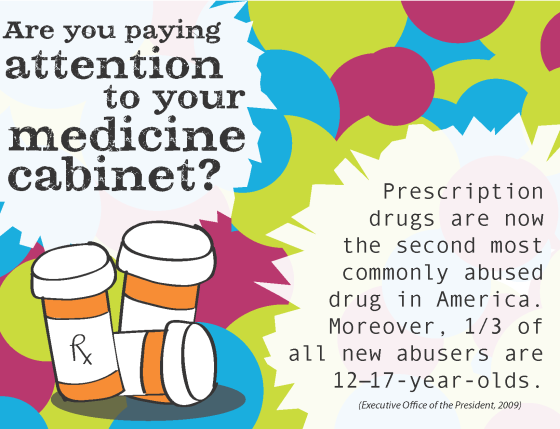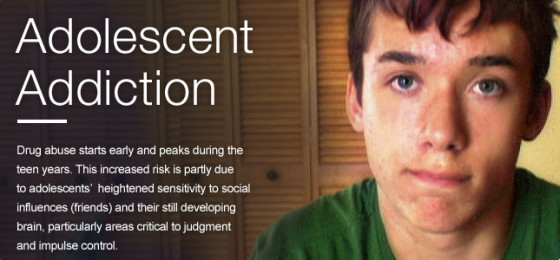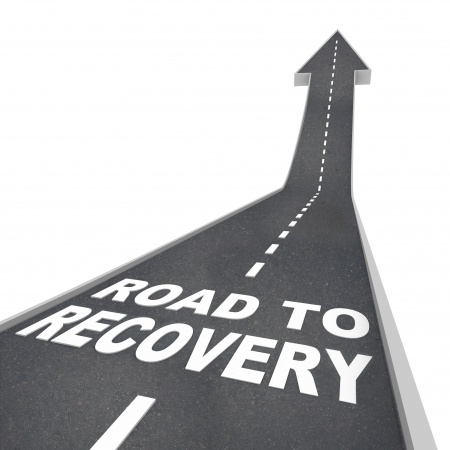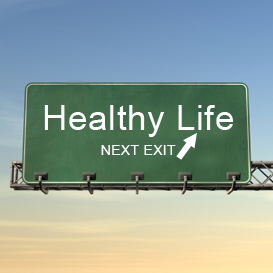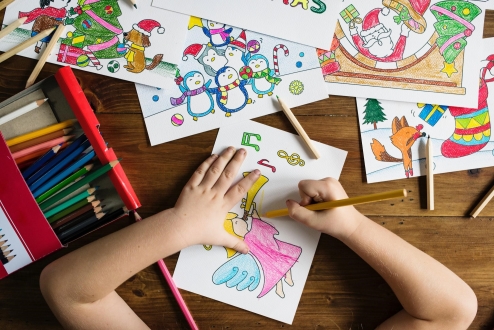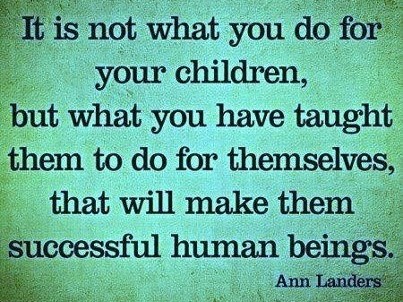Substance Addiction in Youth – What a Parent Needs to Know
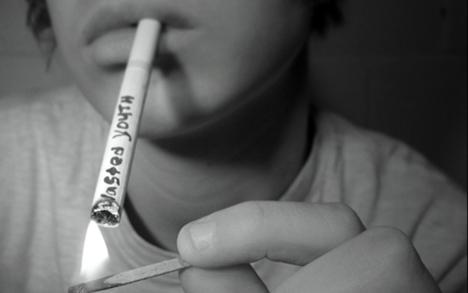
One million American children experience divorce every year. In the UK (2011 statistic) almost half of all children will see their parents – whether married or unmarried – split by their 16th birthdays.
Children of divorce are more vulnerable to a number of negative consequences from their parents divorce to include higher rates of depression, low self-esteem, juvenile delinquency and drug and alcohol abuse. Writer Ben Grant addresses the problem of substance addiction.
With about 23.4 million people in the US suffering from a substance addiction, and some 2,500 kids 12 and older trying prescription drugs every day, facing the fact that your teen or adult child has an addiction could be an eventual reality. No matter how young or old your child is, addiction is a very real thing. There is very real help for it. If you’re wondering what to do, the following is a quick guide on recognizing and dealing with substance abuse.
How Does Substance Addiction Work?

• Lie
• Steal
• Commit Crimes
• Behave Erratically and Unpredictably
For parents, the first step is to accept an addict is not the same person you raised. An addict is someone suffering from a disease, and like any disease it must be treated. While you may not be able to force your child into rehab, you can and should try.
Recognizing an Addiction
For most parents, recognizing an addiction is harder than taking a child to get help. Addiction, like other diseases, often starts out small with tiny changes that are almost impossible to notice. If you catch your child in this stage, a simple outpatient care program may be enough to treat their addiction. Early stage addiction is characterised by lack of money, more frequent use of or purchase of a common substance (like alcohol or pain medication), or a constant borrowing of cash.
Later, addiction gets worse, making it easier to recognise. The first signs almost always include alienation of friends and family as the addict attempts to hide their problem. Physical and mental health drop noticeably so the addict may suffer from sleep issues, constant fatigue, skin problems, and may look sick or constantly tired. Money is usually an issue at this stage as well. Anyone who is very addicted may have difficulty showing up to work or school regularly and they will most likely only associate with people who encourage or participate in their addiction.
Choosing Your Options
If your child is addicted then you have a couple of options, but all of them should center on getting help. Chances are by the time you notice the addiction and take the time to do something about it, your child is already heavily addicted. This means inpatient drug rehab is your best option for long-term rehabilitation, as most outpatient care does not work for someone who is severely addicted.
In this case, it is important to research and find an appropriate care facility before approaching your child about their addiction. Choosing between a traditional 12 step treatment facility and a more modern program like non12steprehabs.org is also important. The main difference between the two is that 12-step programs focus on following a series of steps to remove addiction, while non-12 step offers medical attention and therapy based on the specific person.
An Intervention
Most people choose to hold an intervention and offer their child the opportunity to go to a care facility on their own. In this case you should consider who might be best suited for convincing them rehab is in their best interest, and then set up a time and date they are likely to attend.
While not all interventions are successful, they are the best way to explain to your child you know what is going on, and they need help. Good planning, a consultation, a follow-up, and perhaps help from a professional all go into making an intervention work. If the intervention doesn’t work, going to the police may be the best option if they are a danger to themselves or others.
After Rehab
Unfortunately, even after long-term rehabilitation, some people will still relapse. Many of the triggers that initially caused substance abuse are found in the home, workplace, and out in the world, so even though he or she is no longer physically addicted to a substance, the mental desire to have it is still there.
In this case, it is usually a good idea to involve your child in some form of outpatient care including group meetings, regular check-ups, and potentially regular drug tests. The specifics are up to you and the original rehabilitation clinic, so consider researching local options before you make a decision.
Ben Grant specialises in inpatient drug rehab services for teens and adults. As a specialist, he’s seen all sorts of cases.
Please rate this post using the Stars and Thumbs below. Thank you.

